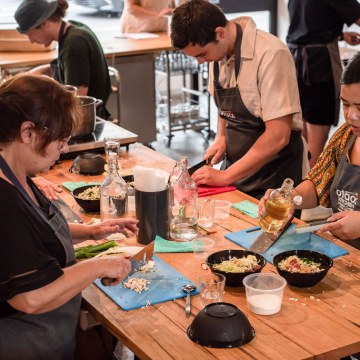
Blogs

Spain is known for its vibrant culture, stunning landscapes, and of course, its incredible food. One of the most iconic elements of Spanish cuisine is tapas—small, flavorful dishes that bring people together to share and enjoy the tastes of Spain.

Making homemade pasta from scratch is a rewarding culinary experience. Whether you're a seasoned chef or a beginner, there's something magical about turning simple ingredients into delicate, silky pasta.
Asian dumplings are a beloved dish across Asia and beyond, known for their versatility and rich flavors. Whether boiled, pan-fried, or steamed, these bite-sized parcels of deliciousness are perfect for any meal.
Picture this: you and your favorite person, cozy in the kitchen, whipping up a meal that’s not only delicious but also good for you. Sounds like a dream, right?

Have you ever craved the vibrant flavors of Asian cuisine but felt a bit intimidated to try cooking it at home? I used to feel the same way.

Tapas are more than just small plates of food—they’re a vibrant part of Spanish culture and dining tradition. Originating from Spain, tapas are a delightful way to enjoy a variety of flavors in one meal.
